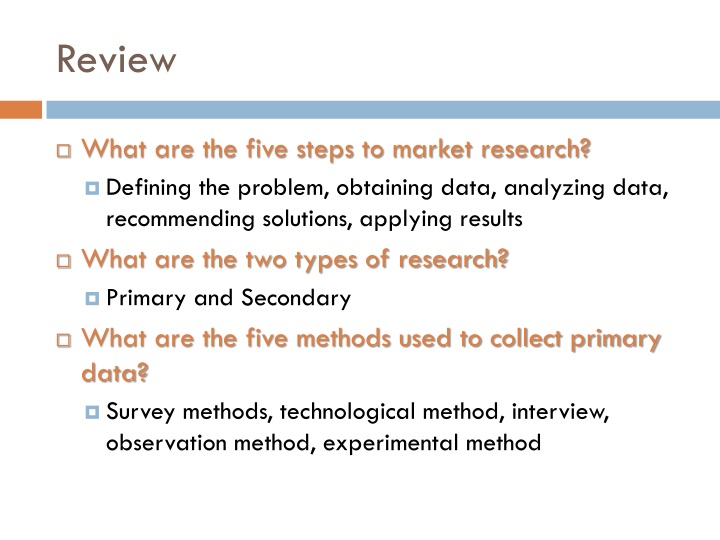


Qualitative observation considers every research process differently regardless of any similarities with previous studies.Qualitative observation pays attention to how the context of research influences information, outcomes, and findings.In this method, the researcher is keen on gathering varying answers because the more dynamic the data sample is, the better the research outcome. In qualitative observation, there is no right, wrong or definite answer.Characteristics of Qualitative Observation This is because the focus of qualitative observation is the characteristics of the research subjects rather than numerical value or quantity. Usually, qualitative observation is more time-consuming, extensive and personal, and it uses the 5 sensory organs while examining research variables. It utilizes processes like inductive reasoning, naturalism, and empathetic neutrality in order to equate quality similarities and differences among research variables. Qualitative observation is a research method that makes use of subjective parameters for data gathering. The data gathered using quantitative observation is usually accurate since it is subject to a few research biases. This provides researchers with enough information for arriving at objective findings. For example, the freezing point of water is 0☌ and remains constant as long as other research variables are constant.įor a quantitative observation to be effective, the data sample must be large enough. The research outcomes arrived at via quantitative observation are typically constant and not subject to sporadic changes. Hence, adopting this data analysis design would help you arrive at more accurate research outcomes. Unlike other methods of data analysis, the quantitative analysis yields definite results that can be quantified. Characteristics of Quantitative Observation Method As a result of its dependence on numerical data, quantitative observation is commonly used for scientific research.
:max_bytes(150000):strip_icc()/Questionnaire-Sparky-Getty-Images-58b88ccb5f9b58af5c2d574f.jpg)
Surveys, questionnaires, and polls are common methods of carrying out quantitative observation and you can use online data-gathering platforms like Formplus to create and administer quantitative observation surveys. It is usually carried out with a large data sample size because the larger the research sample the more accurate the research findings would be. This method of observation views research variables in terms of quantity hence it is usually associated with values that can be counted such as age, weight, volume, and scale.Ī quantitative observation is also referred to as standardized observation because it measures research variables using definite parameters and results in definite research outcomes. What is Quantitative Observation?Ī quantitative observation is an objective method of data analysis that measures research variables using numerical and statistical parameters.

However, it is easy for these methods of observation to be mixed up hence, the need for researchers to understand the key differences between qualitative and quantitative observation. Qualitative and quantitative observation methods can be used interdependently with a variety of research tools in order to facilitate data collection and analysis. Observation is an important aspect of systematic investigation because it sets the pace for any research. When carrying out experimental research, researchers can adopt either qualitative or quantitative methods of data observation depending on the sample size, research variables, and the hypothesis.


 0 kommentar(er)
0 kommentar(er)
